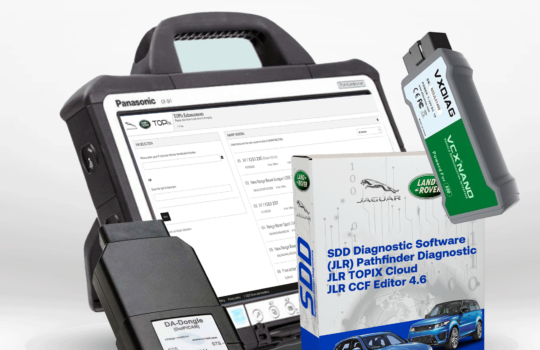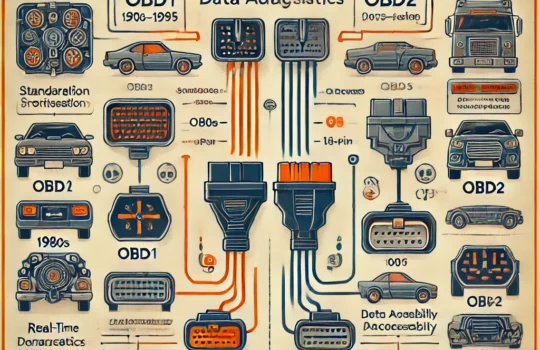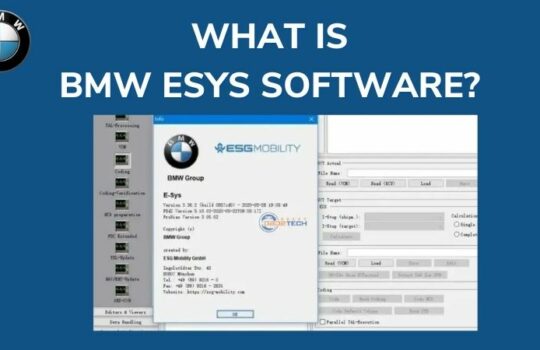ABS & Traction Control Lights On? Causes & Fixes
Table of Content
- Introduction
- Understanding ABS and Traction Control Systems
- Car Dashboard Lights Meaning
- Common ABS and Traction Control Issues
- Why Are My ABS and Traction Control Lights On?
- Symptoms of ABS and Traction Control Problems
- How to Reset the ABS Light
- Fixing the Traction Control Light
- Preventative Maintenance Tips
- Conclusion
Introduction

The ABS warning light and the traction control light are critical indicators of your vehicle’s safety features. These dashboard lights play a significant role in alerting drivers to issues that could compromise driving stability and safety. The ABS system, or Anti-lock Braking System, helps prevent the wheels from locking up during braking, which is especially crucial in slippery conditions. When the ABS warning light illuminates, it signals a potential malfunction in the braking system, necessitating immediate attention to ensure vehicle safety.
Similarly, the traction control light indicates that the vehicle’s traction control system is actively working to maintain stability, particularly when driving on wet or slippery surfaces. If this light remains on, it could suggest that there is an issue with the traction control system that may reduce grip and increase the risk of skidding.
Understanding the car dashboard lights meaning is essential for every car owner and mechanic. Recognizing these warning signs can lead to timely maintenance and repairs, keeping drivers safe on the road. For more detailed information, you might find our post on Boost Safety: Ford IDS for ABS & Traction Control useful. Also, check out our article regarding the Audi Brake Pads Warning Light: Meaning, Causes, and Quick Fixes for insights on another critical warning light.
Understanding ABS and Traction Control Systems
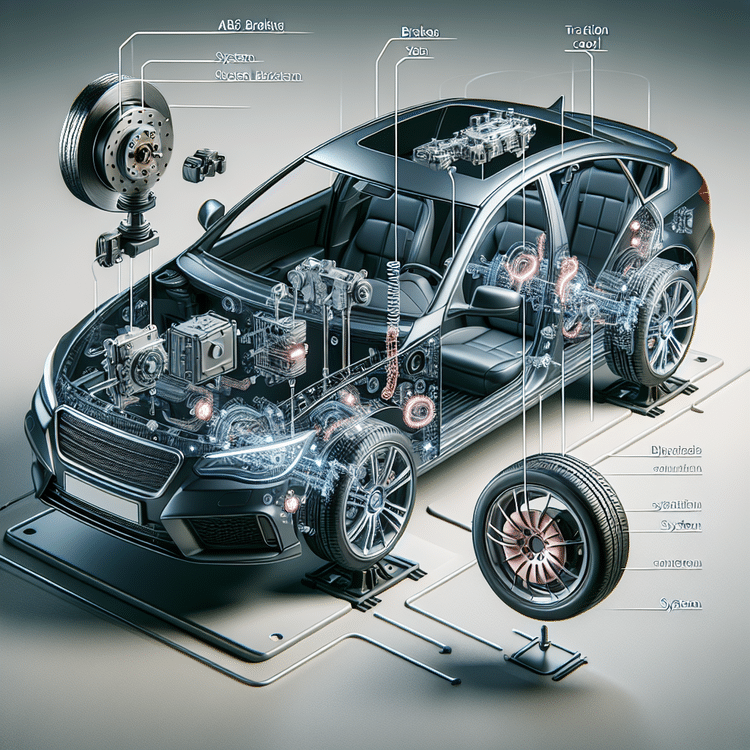
The Anti-lock Braking System (ABS) and traction control systems are vital for modern vehicles, enhancing safety and driving stability. The ABS prevents wheel lock-up during hard braking, ensuring that drivers maintain control of the vehicle. This system allows for maximum braking force without losing traction, which can be critical during emergency stops.
Traction control, on the other hand, works to prevent wheel spin during acceleration by reducing engine power or applying brakes to specific wheels that are losing grip. This simultaneous control of braking and acceleration is essential, particularly in slippery conditions, optimizing the vehicle’s performance and stability.
These systems interact intricately with vehicle dynamics. For example, when the ABS warning light illuminates on your dashboard, it indicates a potential issue with the ABS, which could affect your overall braking performance. It is crucial to address such ABS and traction control issues promptly to ensure safety on the road.
Additionally, systems like the Ford IDS for ABS and traction control, as discussed in this blog post, further enhance braking and stability features, providing a smoother driving experience.
Car Dashboard Lights Meaning
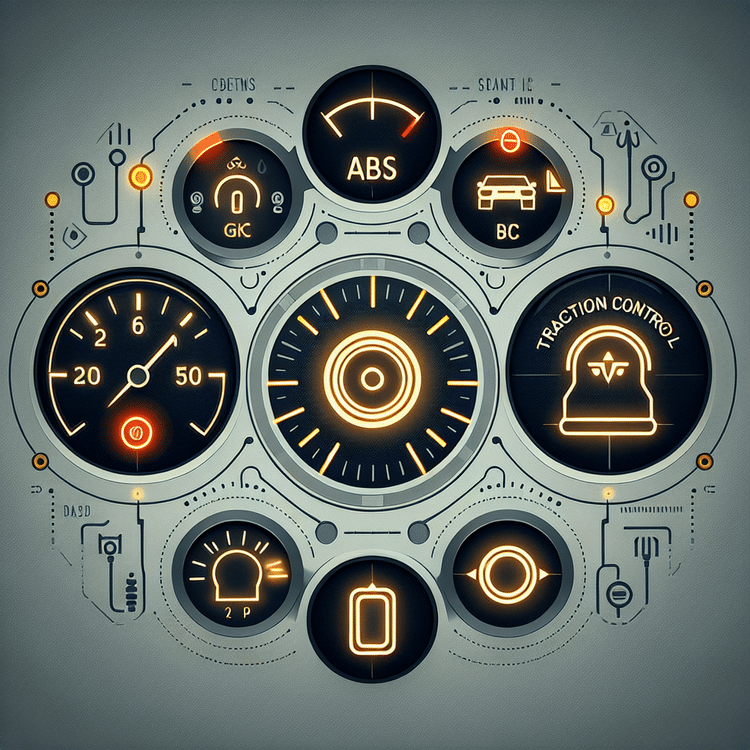
Your vehicle’s dashboard lights are crucial indicators of its health and functionality. Two important symbols to be aware of are the ABS (Anti-lock Braking System) warning light and the traction control light. Each of these lights serves as an alert to the driver regarding potential issues with the vehicle’s braking and stability systems.
- ABS Warning Light: This symbol typically resembles a circle with the letters “ABS” inside it. When illuminated, it indicates that the ABS system is not functioning properly. This could lead to a loss of traction during sudden braking, increasing the risk of skidding. If this light stays on, it’s essential to have your vehicle inspected by a professional to determine if there’s an issue with the ABS sensors or the braking system as a whole. For more information about the implications of this warning, you can check out Audi Brake Pads Warning Light: Meaning, Causes, and Quick Fixes.
- Traction Control Light: Often represented by a car icon with skid marks behind it, this light activates when the traction control system is engaged. This system helps prevent wheelspin during acceleration, particularly in slippery conditions. If this light comes on while driving, it typically means that the system is working to improve traction, but if it remains on, it may signify a malfunction.
Common ABS and Traction Control Issues

The Anti-lock Braking System (ABS) and traction control systems are crucial for ensuring vehicle safety. However, they can experience various issues that may concern vehicle owners. Here are some common ABS problems and traction control issues that may arise:
- ABS Warning Light Activation: The ABS warning light can illuminate due to a malfunction in the system, often indicating a need for diagnostic analysis.
- Brake Pedal Pulsation: If the brake pedal feels pulsating when applied, it may signify a problem with the ABS, typically related to the wheel speed sensors.
- Inconsistent Braking Performance: If the braking feels erratic or less responsive, this could indicate an issue with the ABS module.
- Traction Control Light: The traction control indicator may activate alongside the ABS warning light, signaling a traction issue that could affect stability.
- Code Reading for DTC: Diagnostic trouble codes (DTC) related to the ABS or traction control can provide valuable insights into underlying issues, such as DTC P24F700, which relates to specific failures in these systems.
Why Are My ABS and Traction Control Lights On?
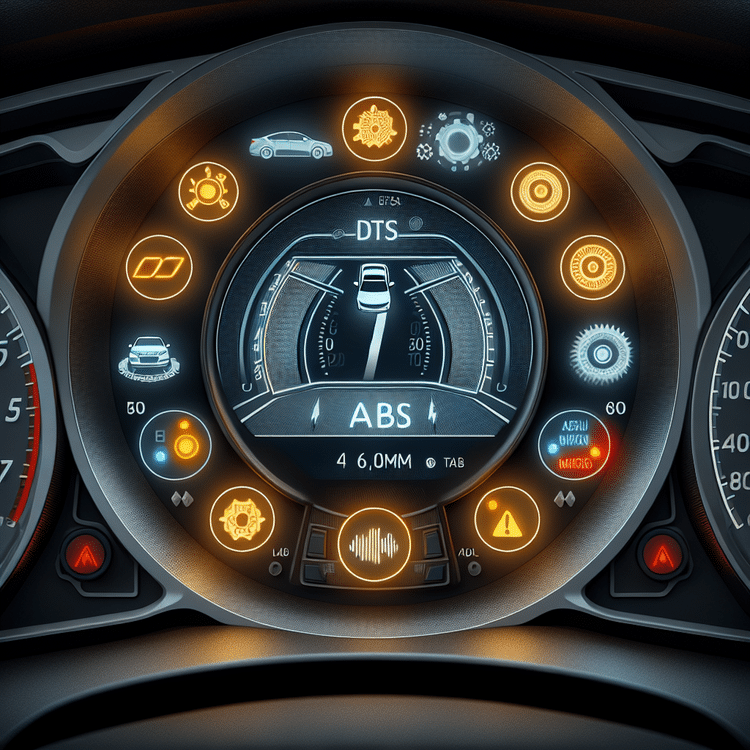
The illumination of the ABS warning light and traction control lights can indicate various mechanical and electronic issues within your vehicle. Understanding these causes is essential for timely diagnostics and repairs.
- Faulty Wheel Speed Sensors: These sensors play a critical role in detecting the speed of each wheel. If one is malfunctioning, it can trigger both the ABS and traction control lights, signaling a problem with the car’s stability.
- Low Brake Fluid Level: The ABS system relies on sufficient brake fluid to function effectively. If the brake fluid level drops too low, it can cause the ABS warning light to illuminate.
- Brake System Issues: Problems such as worn brake pads or malfunctioning brake components may lead to the ABS light activating. Regular inspections can help identify these issues before they escalate.
- Electrical Problems: Issues in the vehicle’s electrical system, including damaged wiring or poor connections, can lead to false alerts in the ABS and traction control systems.
Symptoms of ABS and Traction Control Problems

ABS (Anti-lock Braking System) and traction control systems are vital for maintaining vehicle stability and safety. When these systems experience issues, several symptoms can emerge that indicate a malfunction.
- ABS Warning Light: A common indication of ABS issues is the illumination of the ABS warning light on the dashboard. This suggests that the system is not functioning properly, affecting braking performance.
- Traction Control Light: If the traction control warning light appears, it may signal that the system is attempting to regain traction on slippery surfaces, indicating potential traction control problems.
- Pulsating Brakes: Drivers may feel a pulsation in the brake pedal when applying the brakes. This can indicate that the ABS is engaging unexpectedly, often due to a malfunction.
- Decreased Stability: If the vehicle feels unstable or difficult to control, especially on wet or slippery roads, it may suggest that the traction control system is compromised.
These symptoms can significantly impact vehicle handling and safety, especially in adverse driving conditions. It’s crucial to address any warning lights or unusual vehicle behavior promptly. For more information on enhancing vehicle safety and systems, read about Boost Safety: Ford IDS for ABS & Traction Control or troubleshoot AHI Module Issues: Understanding DTC P24F700.
How to Reset the ABS Light

Resetting the ABS warning light is a straightforward process, but it requires some caution and the right tools. Here’s a step-by-step guide on how to do it:
- Gather Required Tools:
- OBD-II scanner or diagnostic tool
- Owner’s manual for your vehicle (for vehicle-specific instructions)
- Basic hand tools (if needed for any manual resets)
- Connect the OBD-II Scanner:Locate the OBD-II port in your vehicle. This is usually found under the dashboard near the steering column. Plug in the scanner.
- Turn on the Ignition:Turn your vehicle’s ignition to the ON position, but do not start the engine. This allows the scanner to communicate with the vehicle’s computer.
- Check for Codes:Use the scanner to check for any stored trouble codes related to the ABS system. Write down any codes that appear.
- Clear the Codes:Follow the instructions on your scanner to clear the codes. This usually involves selecting the option to erase stored codes.
- Turn Off the Ignition:After clearing the codes, turn off the ignition and then start the vehicle. Check if the ABS warning light has turned off.
Precautions:
- Ensure that the problem causing the ABS light to illuminate is resolved before resetting the light.
- Disconnecting and reconnecting the battery can also reset the ABS light; however, it may reset other systems as well.
After the reset, if the ABS light comes back on, there may be underlying issues that need to be diagnosed. For further insights, consider reading our article on Audi Brake Pads Warning Light: Meaning, Causes, and Quick Fixes for related issues.
Additionally, if you encounter errors related to transmission or performance, our guide on how to reset the A/C system of International trucks might also be beneficial.
Fixing the Traction Control Light

If your traction control light is illuminated, it may indicate a fault in your vehicle’s traction control system. Here are some DIY solutions to troubleshoot this issue:
- Check the Wheel Speed Sensors: These sensors monitor the speed of each wheel. If they’re dirty or faulty, they can trigger the traction control light. Clean any debris and check for damage.
- Examine the Brake System: Since traction control is integrated with the braking system, inspect the brakes for proper operation. Low brake fluid levels or worn-out pads can affect the system.
- Look for Diagnostic Trouble Codes (DTCs): Use an OBD-II scanner to check for any error codes that may indicate why the traction control light is on. This can provide precise guidance on the fault.
If these steps do not resolve the issue, consider consulting a professional. Certain problems might require specialized tools and knowledge, especially when diagnosing Ford IDS for ABS & Traction Control or related systems.
For ongoing maintenance, familiarize yourself with your vehicle’s Active Cornering Enhancement features to enhance handling and performance, which can help in preventing traction control issues from arising.
Preventative Maintenance Tips

Maintaining your vehicle’s braking and anti-lock braking system (ABS) is essential for both safety and performance. Here are some preventative maintenance tips to help avoid common ABS problems:
- Regular Brake Inspections: Check brake pads, rotors, and fluid regularly to ensure they meet manufacturer specifications and replace any worn components.
- Monitor Brake Fluid Levels: Low fluid can lead to insufficient braking power. Always ensure your brake fluid is at the appropriate level.
- Check for Warning Lights: Pay attention to the ABS warning light on your dashboard. Ignoring this light can lead to serious issues down the road.
- System Diagnostics: Utilize advanced diagnostic tools like Ford IDS for ABS & Traction Control to identify any underlying issues before they become problematic.
Addressing warning lights promptly is crucial. A lit ABS light may indicate a malfunction that can compromise your vehicle’s braking efficiency, potentially leading to dangerous situations. By following these maintenance practices, you reduce the risk of traction control issues and enhance overall safety.
For further insights on issues related to ABS and braking systems, consider reading Audi Brake Pads Warning Light: Meaning, Causes, and Quick Fixes.
Conclusion
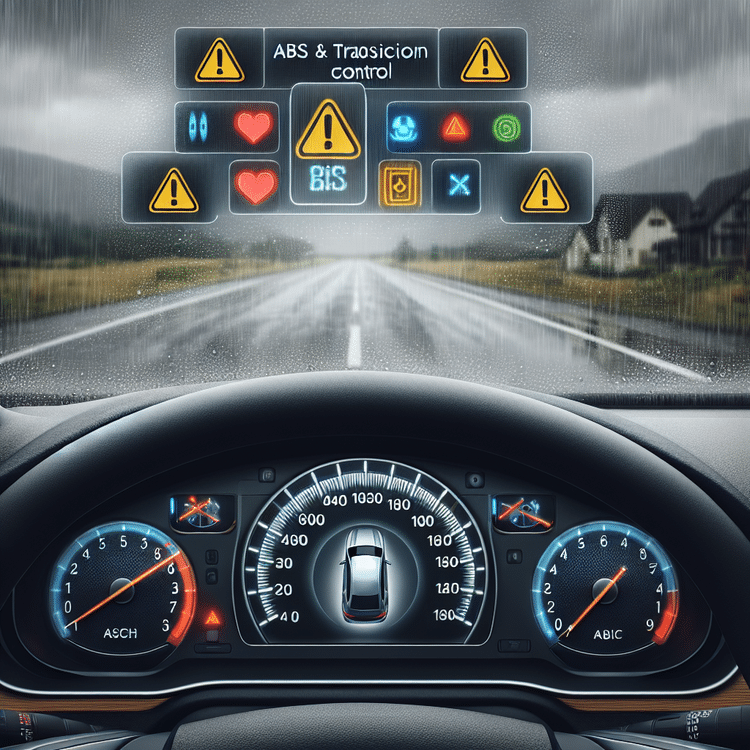
It is crucial for car owners to remain vigilant regarding the ABS warning light and the traction control system. These dashboard indicators not only inform you of potential issues but also play a vital role in ensuring the safety and performance of your vehicle.
Ignoring these warning lights can lead to dangerous driving conditions and increased repair costs. Regular maintenance of your ABS and traction control systems can help you avoid these issues, providing peace of mind while driving in various conditions.
For those looking to enhance their vehicle’s safety and performance, consider exploring Ford IDS for ABS & Traction Control. Additionally, check out our guide on Audi Brake Pads Warning Light: Meaning, Causes, and Quick Fixes to better understand related warning systems and ensure your vehicle operates at its best.
